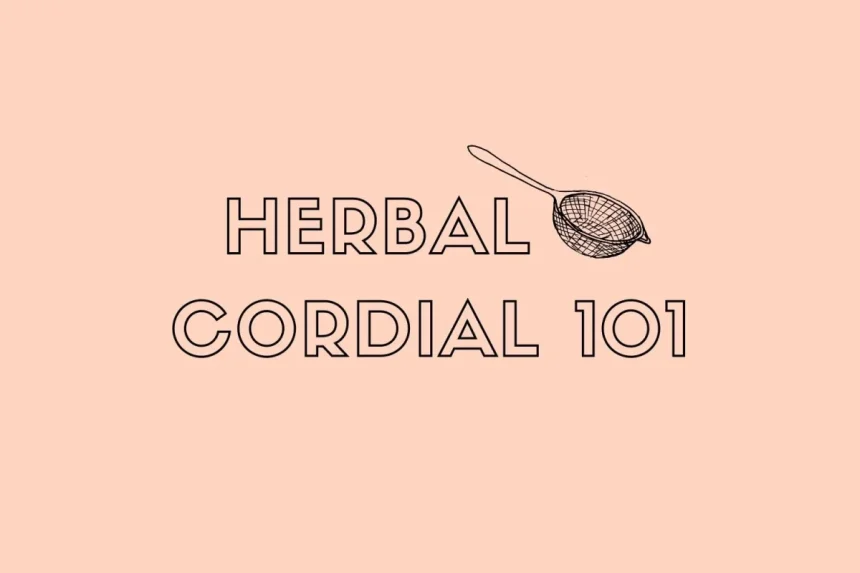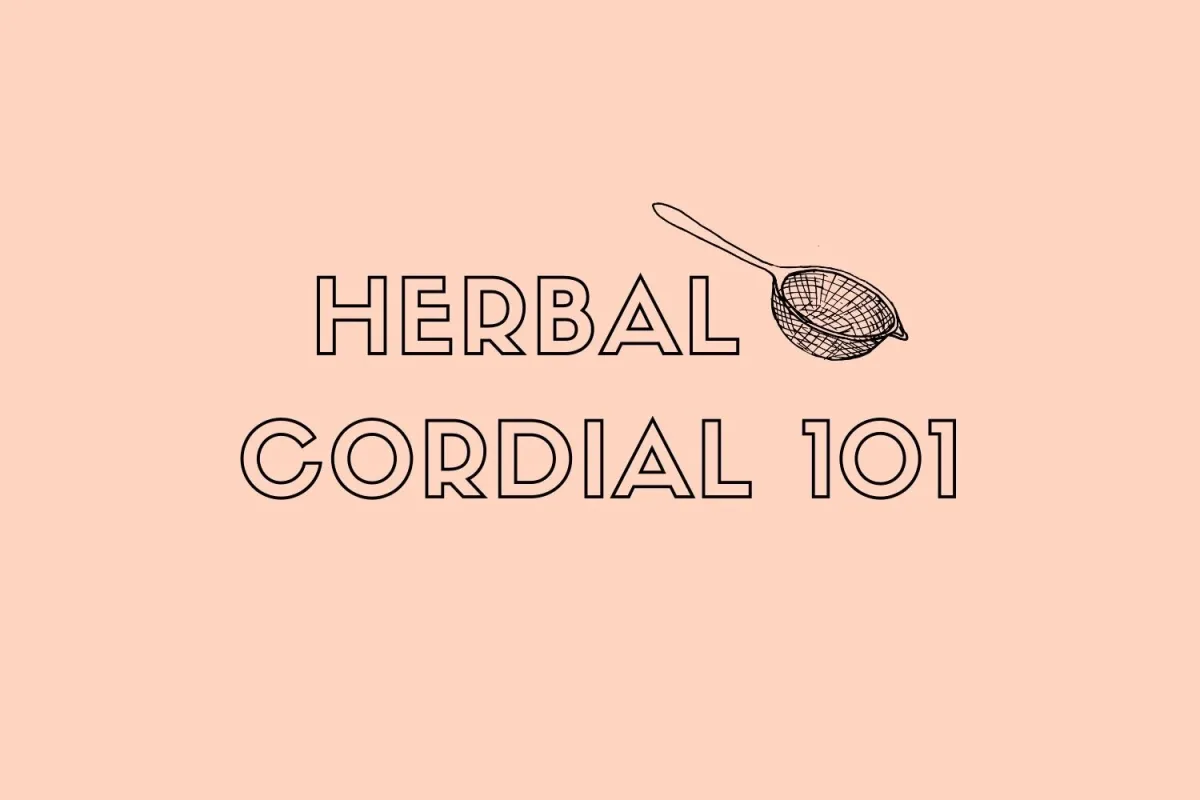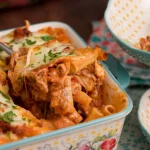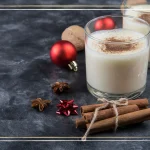Understanding Herbal Cordials Key Ingredients Health Benefits Tools You’ll Need
Herbal cordials are flavorful, concentrated drinks made by infusing herbs, flowers, or berries with natural sweeteners and water. These homemade cordial recipes have been popular in the U.S. for centuries as refreshing non-alcoholic drinks and DIY herbal remedies. They’re easy to make and perfect for adding a natural twist to your beverages.
Key ingredients usually include fresh or dried herbs like elderflower, lemon balm, or hawthorn berries, combined with natural sweeteners such as honey, cane sugar, or maple syrup. Water and sometimes a splash of lemon juice round out the mix, balancing flavor and preservation.
Health benefits vary by herb but often include digestive support, calming effects, and immune boosting properties. For example, elderflower cordial recipes are known for soothing colds, while lemon balm cordial offers calming, stress-relief qualities. Hawthorn berry cordials promote heart and digestive health.
Tools you’ll need are simple and common in most kitchens:
- Glass jars or bottles for infusion and storage
- Fine mesh strainers or cheesecloth to filter herbs
- Saucepan for heating liquids
- Measuring cups and spoons
Having these basics helps you create clean, fresh herbal infusion drinks right at home, making your herbal cordial experience both enjoyable and practical.
Step-by-Step Herbal Cordial Recipes
Here are some easy-to-make herbal cordial recipes that anyone can enjoy. These homemade cordial recipes use simple herbs and natural sweeteners to create refreshing, non-alcoholic herbal infusion drinks perfect for any season.
Classic Elderflower Cordial Non-Alcoholic
- Ingredients: Fresh elderflower heads, lemon juice, sugar, water.
- Instructions:
- Gently rinse elderflowers to remove dirt.
- Boil water and sugar until dissolved to make a syrup.
- Add elderflowers and lemon juice to the syrup.
- Let it steep for 24-48 hours, then strain and bottle.
- Use: Dilute with sparkling water for a refreshing drink or use as a mixer in herb-infused cocktails.
Lemon Balm and Honey Cordial
- Ingredients: Fresh lemon balm leaves, raw honey, lemon zest, water.
- Instructions:
- Simmer lemon balm and lemon zest gently in water for 15 minutes.
- Strain out the herbs, then stir in honey while warm.
- Cool, bottle, and store in the fridge.
- Use: Enjoy as a calming herbal tonic or mix into your favorite iced tea.
Hawthorn Berry Digestive Cordial
- Ingredients: Dried hawthorn berries, cinnamon stick, raw sugar, water.
- Instructions:
- Boil water with hawthorn berries and cinnamon for 20 minutes.
- Strain the liquid, then dissolve sugar in the warm infusion.
- Bottle and refrigerate.
- Use: Drink a small amount before meals to support digestion or add a splash to sparkling water for a natural digestive herbal tonic.
Tips for Customization
- Swap sweeteners—try maple syrup, agave, or natural sweetener cordials like stevia.
- Experiment with herbs depending on the season, such as mint in summer or rosemary in fall.
- Adjust sweetness levels by adding more or less sugar or honey to suit your taste.
- For stronger flavors, increase steeping time or add extra herb quantities.
These straightforward recipes are great starting points for DIY herbal remedies and easy herbal infusion drinks you’ll want to keep on hand. If you want, explore easy mocktail recipes to mix your cordials into fun, flavorful drinks.
Pro Tips for Perfect Cordials
Sourcing Quality Ingredients
- Use fresh, organic herbs whenever possible for the best flavor and health benefits.
- Local farmers markets or specialty herb shops in the U.S. often have seasonal, high-quality ingredients.
- Avoid herbs that look wilted, discolored, or smell off. Freshness is key to a great herbal infusion drink.
- Using natural sweeteners like raw honey or organic cane sugar helps keep your homemade cordial recipes clean and tasty.
Preservation and Storage
- Store your herbal cordials in clean, airtight glass bottles or jars to maintain freshness.
- Keep them refrigerated and use within 2-4 weeks for best quality and safety.
- For longer storage, freeze in small batches or sterilize bottles and can cordials like jams.
- Label bottles with the date you made them to track freshness easily.
Safety Considerations
- Make sure any herbs you use are safe for consumption and free of pesticides or contaminants.
- If you’re pregnant, nursing, or have a medical condition, check with a healthcare provider before trying new herbal remedies.
- Always test a small amount first to ensure you don’t have any allergic reactions.
- Avoid foraging wild herbs unless you’re sure of their identity and safety.
Gifting Ideas
- Herbal cordials make thoughtful homemade gifts for friends and family.
- Package them in pretty glass bottles with simple labels and tied with twine or ribbon.
- Include a small recipe card or usage suggestions for a personal touch.
- Seasonal cordials like elderflower or lemon balm are popular and widely appreciated.
By following these tips, you’ll ensure your herbal cordials are flavorful, safe, and perfect for sharing or keeping at home.
Creative Ways to Enjoy Herbal Cordials
Herbal cordials are super versatile. Once you’ve got your homemade cordial recipe down, you can enjoy these flavorful, natural drinks in many ways beyond just sipping them plain.
Beverages
- Diluted with water or sparkling water for a refreshing, non-alcoholic cordial drink.
- Mixed into cocktails or mocktails for a unique twist—think elderflower cordial in a gin fizz or lemon balm cordial in a refreshing summer spritz.
- Added to iced tea or lemonade for a subtle herbal boost and natural sweetener.
Culinary Uses
- Drizzled over fruit salads or desserts like yogurt or ice cream to add floral or citrus notes.
- Used as a marinade base for chicken or fish, imparting gentle herbal flavors.
- Mixed into salad dressings for an herbal-infused zing without added sugar.
Wellness Rituals
- Sipped warm like a tea during cold days or when feeling under the weather for soothing effects.
- Incorporated into a morning tonic with a splash of apple cider vinegar to support digestion and wellness routines.
- Used as a natural pick-me-up through the day instead of sugary sodas, helping you stay hydrated and energized.
Experiment with these herbal infusion drinks around your kitchen and lifestyle. It’s a simple way to add flavor and health benefits using natural ingredients sourced locally, perfect for those looking for natural sweetener cordials or digestive herbal tonics.
FAQs
What is an herbal cordial?
An herbal cordial is a sweet, concentrated syrup made by steeping herbs, flowers, or fruits in water and sugar. It’s often used as a base for beverages or natural remedies.
Are herbal cordials non-alcoholic?
Yes, most homemade cordial recipes are non-alcoholic, making them great for all ages and perfect for refreshing drinks without alcohol.
How long do herbal cordials last?
When stored in a clean, airtight bottle in the fridge, herbal cordials can last up to 3 months. Freezing can extend shelf life even longer.
Can I use natural sweeteners in my cordials?
Definitely! Honey, maple syrup, or agave can replace sugar to create natural sweetener cordials with unique flavors and added health benefits.
Are herbal cordials good for health?
Many herbal cordials, like lemon balm or hawthorn berry digestive tonic, offer health benefits such as aiding digestion or relaxing the body. Always check for allergies before starting herbal remedies.
What’s the best way to enjoy herbal cordials?
Use them in sparkling water, tea, or mocktails for refreshing herbal infusion drinks. You can also try them in desserts or cooking to add flavor.
Can I make seasonal cordial ideas using local herbs?
Yes, adapting your cordial recipes to include local seasonal herbs, flowers, and fruit is a great way to enjoy fresh flavors year-round.
For more refreshing non-alcoholic drink ideas, check out these easy mocktail recipes.









